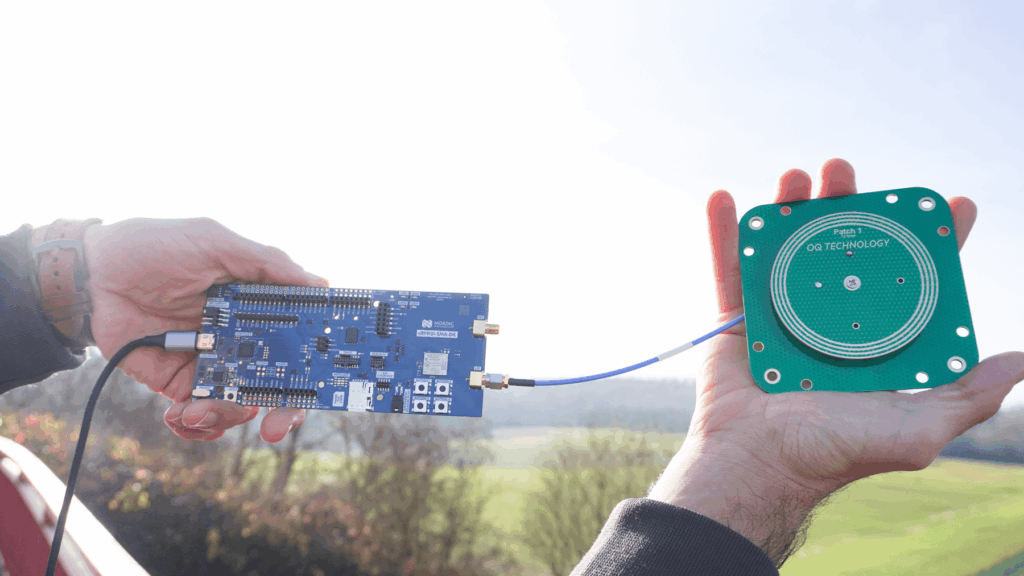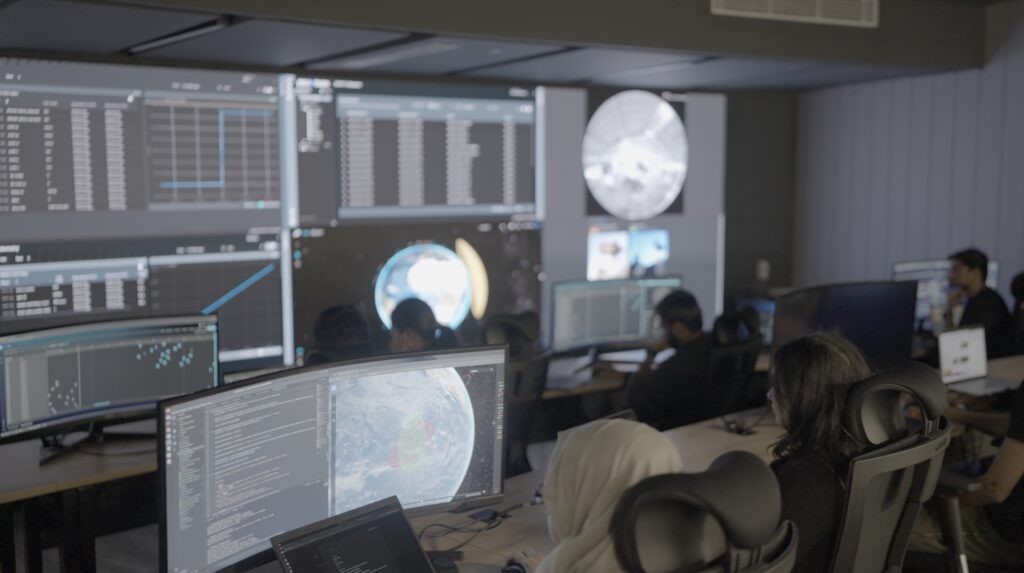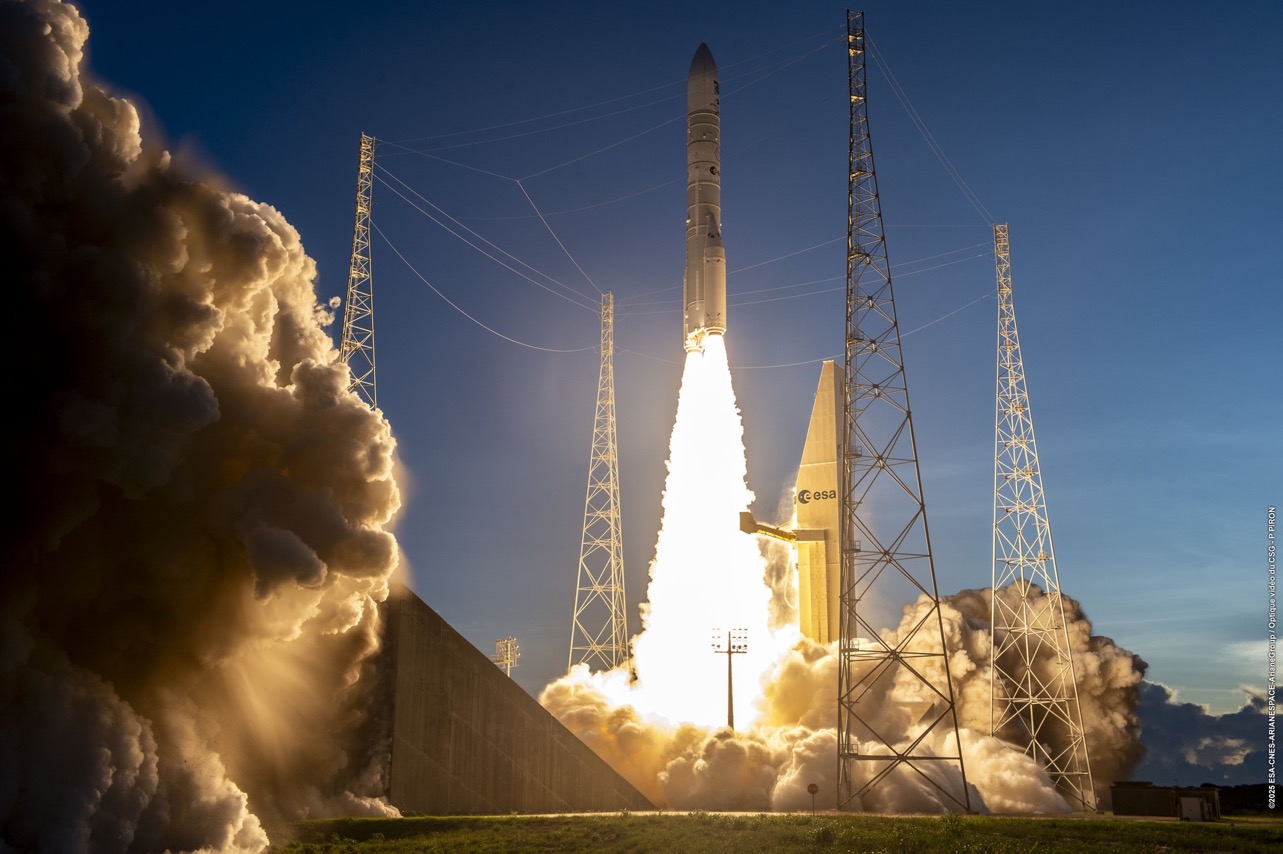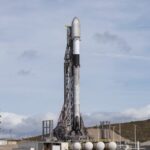Now Reading: China conducts ground tests on inflatable, reconfigurable space manufacturing module
-
01
China conducts ground tests on inflatable, reconfigurable space manufacturing module
China conducts ground tests on inflatable, reconfigurable space manufacturing module


HELSINKI — A Chinese institute recently completed ground tests on what it describes as a reconfigurable flexible on-orbit manufacturing platform, targeting future large-scale, low-cost space manufacturing.
The tests on a “core module” represent a breakthrough in combining rigid structures with flexible modules, validating key technologies including rigid-flex connection sealing, rapid inflation and precise deployment, according to the module developer, and mark progress in the field of intelligent manufacturing.
The reconfigurable flexible on-orbit manufacturing platform project is being led by the Institute of Mechanics under the Chinese Academy of Sciences (IMCAS), which published information on the tests in a Nov. 3 statement. The Changchun Institute of Applied Chemistry, the Shenyang Institute of Automation, and the Shanghai Institute of Technical Physics are also involved.
Images of the flexible platform suggest a diameter of around 2 meters. It features a “steel skeleton” and a “high-tech fiber skin,” according to IMCAS. It furthermore innovatively employs ultra-flexible composite materials, meaning it “folds tightly during launch, resulting in a compact size. After entering orbit, it inflates and unfolds, forming a large and stable working space.”
China already has a human spaceflight presence in low Earth orbit (LEO), having constructed its Tiangong space station across 2021-2022, consisting of three rigid modules launched via the Long March 5B rocket. The latest three-person crew arrived at the outpost Oct. 31.
The IMCAS statement notes, however, that traditional on-orbit platforms are limited by launch fairing capacities, are costly, and difficult to expand in orbit, making it difficult to achieve large-scale, multi-functional manufacturing tasks. The statement also appears to suggest robotic and industrial payloads.
“This technology will propel space manufacturing from ‘proof of concept’ to ‘engineering realization,’” project leader Yang Yiqiang said. “In the future, we will be able to directly manufacture and produce in the space environment, truly achieving independent development and utilization of space resources.”
The maturation of inflatable or reconfigurable and related technologies will bring new development opportunities in fields such as space biomedicine, special materials research and development, on-orbit maintenance, 3D printing, and providing key technological support for building future space infrastructure, according to the statement.
IMCAS did not provide information on a number of matters, such as a planned launch date, intended orbits, the mass and volume of a platform and more. The roughly two-meter-diameter nature of the test article suggests this is a technology demonstrator, rather than a full size model, with significant work and progress needed before flight. A launch may be facilitated in the future by, for example, CAS Space, a commercial spinoff from CAS, which is close to debuting its Lijian-2 (Kinetica-2) kerosene-liquid oxygen launch vehicle.
A conceptual roadmap within the IMCAS statement indicates a plan to proceed from LEO orbital manufacturing using inflatable cylindrical modules to integration into a “microgravity factory” serving lunar and deep-space operations. A render of the platform concept in orbit also appears to resemble that of early Starlab renders.
The announcement follows the on-orbit testing of a small expandable module aboard the Shijian-19 retrievable satellite mission launched in September 2024. That experiment was carried out by the China Academy of Space Technology (CAST) under China’s main space contractor, CASC. CAST built the modules for the Tiangong space station.
China’s interest in inflatable modules follows developments including the BEAM demonstration by Bigelow Aerospace on the International Space Station. A number of companies including Lockheed Martin and Sierra Space are testing inflatable habitat technology, which could be deployed in post-ISS low Earth orbit commercial space stations. The move also fits into a global interest in on-orbit servicing, assembly, and manufacturing (OSAM).
Other related Chinese efforts in this area include patents for an inflatable, rigid capsule for lunar caves from the Harbin Institute of Technology, work on expandable pressurized cabins and a space inflatable deployment module. The IMCAS test appears to mark an intermediate step for China towards OSAM capabilities.
Stay Informed With the Latest & Most Important News
Previous Post
Next Post
-
 012024 in Review: Highlights from NASA in Silicon Valley
012024 in Review: Highlights from NASA in Silicon Valley -
 02Panasonic Leica Summilux DG 15mm f/1.7 ASPH review
02Panasonic Leica Summilux DG 15mm f/1.7 ASPH review -
 03From Polymerization-Enabled Folding and Assembly to Chemical Evolution: Key Processes for Emergence of Functional Polymers in the Origin of Life
03From Polymerization-Enabled Folding and Assembly to Chemical Evolution: Key Processes for Emergence of Functional Polymers in the Origin of Life -
 04How New NASA, India Earth Satellite NISAR Will See Earth
04How New NASA, India Earth Satellite NISAR Will See Earth -
 05And Thus Begins A New Year For Life On Earth
05And Thus Begins A New Year For Life On Earth -
 06Astronomy Activation Ambassadors: A New Era
06Astronomy Activation Ambassadors: A New Era -
07SpaceX launch surge helps set new global launch record in 2024




















